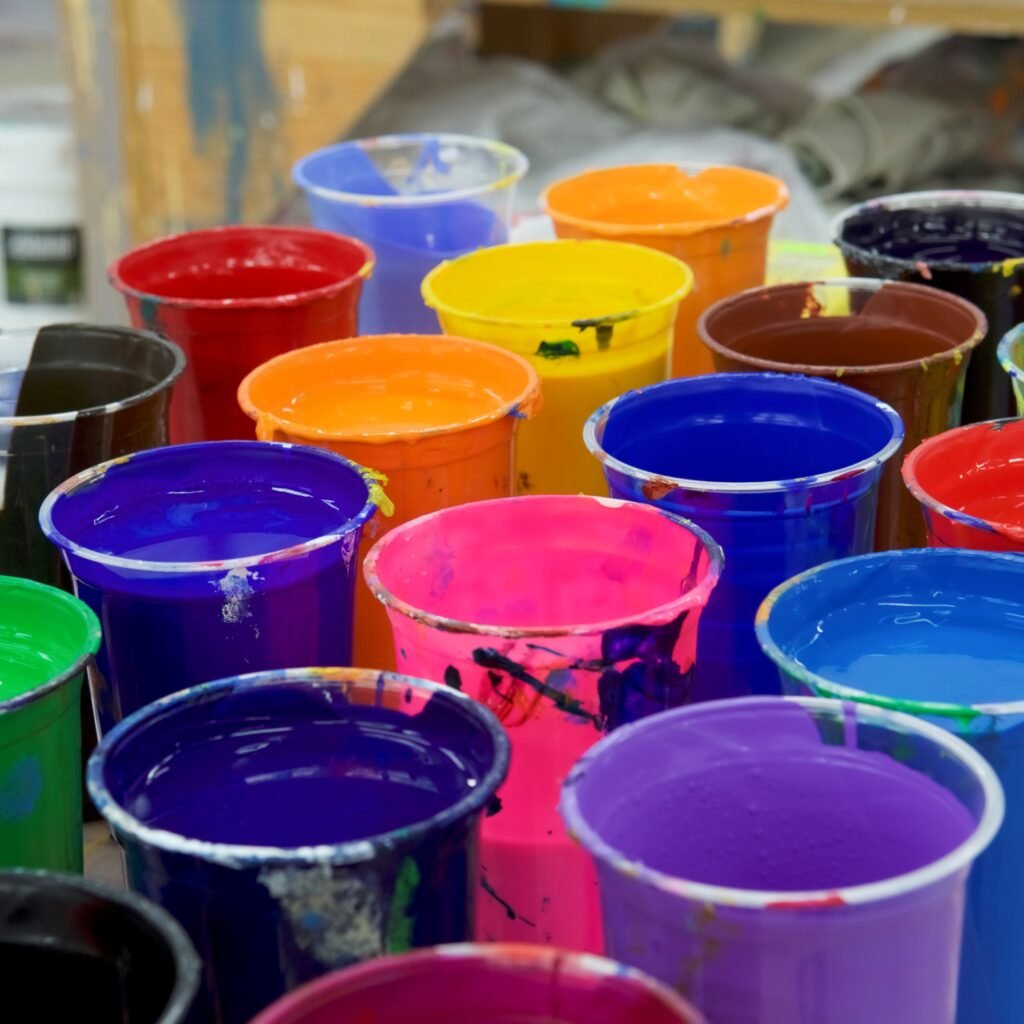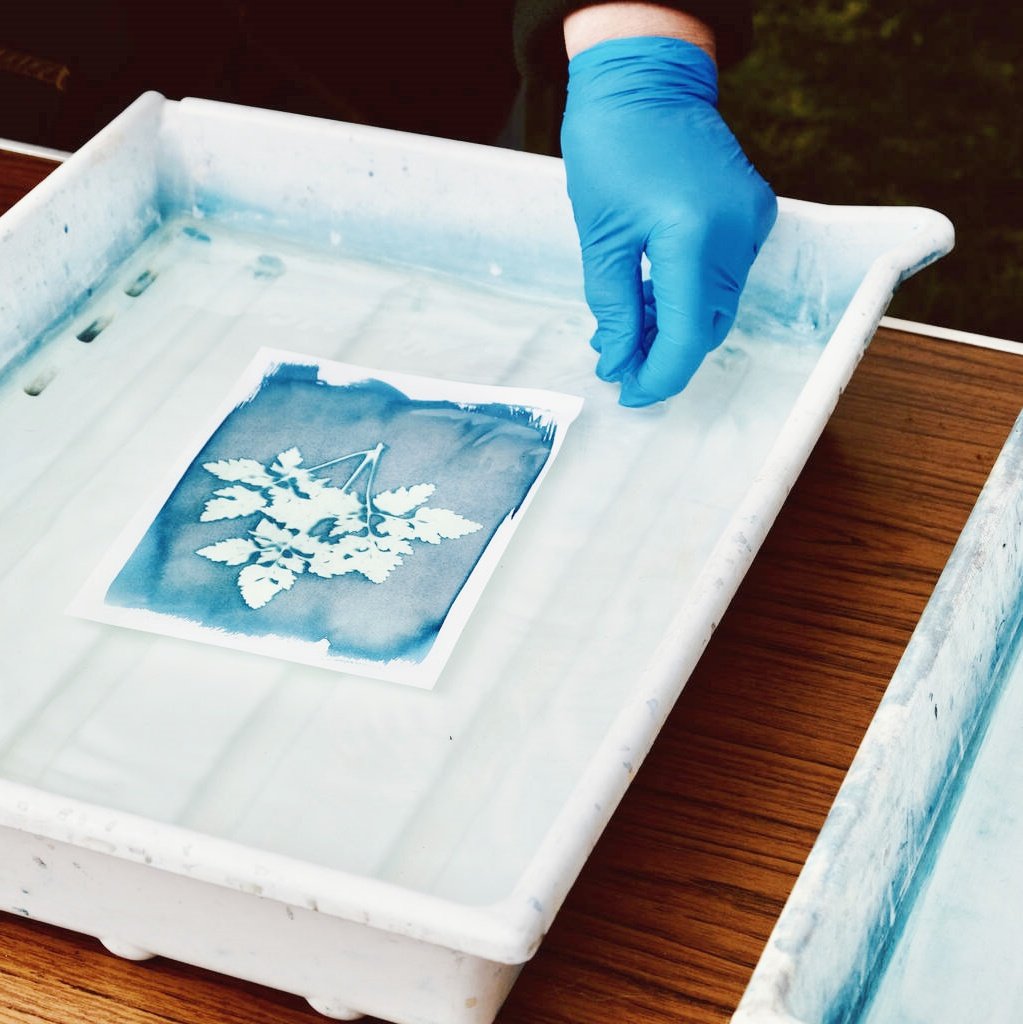In the screen printing industry, Plastisol Ink is widely favored for its bright colors, good coverage, and washability. However, after the printing task is completed, how to effectively remove this ink from screens becomes a problem that requires professional skills and experience.
I. Understanding the Characteristics of Plastisol Ink
Before delving into how to remove Plastisol Ink, we first need to understand its basic characteristics. Plastisol Ink is composed of resins, pigments, plasticizers, and stabilizers. It is paste-like at room temperature, softens and flows when heated, allowing it to adhere evenly to the substrate. When the ink cools, it forms a tough, elastic film with good water, oil, and chemical resistance.
II. Why Remove Plastisol Ink?
During the screen printing process, ink is constantly applied to the screen, and excess ink is scraped off using a squeegee to leave only the desired pattern. However, over time, layers of ink will build up on the screen, which can affect print quality and reduce screen lifespan. Therefore, regularly removing Plastisol Ink from screens is crucial.
III. Tools and Materials for Removing Plastisol Ink
Before removing Plastisol Ink, you need to prepare some necessary tools and materials. These include:
- Specialized cleaner: Choose a cleaner suitable for removing Plastisol Ink, ensuring it does not damage the screen surface.
- Squeegee or scraper: Used to scrape off ink residues on the screen.
- Soft cloth or sponge: Used to wipe the screen surface to ensure complete ink removal.
- Water and towel: Used to clean and dry the screen.
IV. Steps for Removing Plastisol Ink
- Preparation: Ensure the work area is well-ventilated and wear protective gloves and a mask to prevent ink and cleaner from harming the skin and respiratory system.
- Apply Cleaner: Evenly apply the specialized cleaner to the screen, ensuring it covers all ink residue areas. Allow the cleaner to sit on the screen for a while to fully dissolve the ink.
- Scrape Ink: Use a squeegee or scraper to gently scrape off the ink residue on the screen. Apply moderate pressure to avoid scratching the screen surface.
- Wipe Screen: Use a soft cloth or sponge dipped in water to wipe the screen surface, thoroughly removing any remaining cleaner and ink. Then dry the screen with a clean towel.
- Inspect Screen: Carefully inspect the screen surface to ensure all ink residues have been completely removed. If necessary, repeat the above steps for cleaning.
V. Handling Special Types of Plastisol Ink
- Resin Plastisol Ink: This ink has higher gloss and chemical resistance. When removing it, stronger cleaners or longer cleaning times may be required.
- Rhinestones on Plastisol Ink: If rhinestones or other decorations are embedded in the ink, they need to be handled carefully to avoid damaging them. When cleaning, use a soft brush or blowdryer to gently blow off ink residues, avoiding overly aggressive cleaning methods.
- Rolex Plastisol Ink: This ink is typically used for high-end print products, such as watch dials. When removing it, special attention is needed to avoid damaging the fine patterns and details of the printed product. Using gentle cleaners and meticulous cleaning methods is key.
- Rose Gold Metallic Plastisol Ink: This ink has a unique metallic luster and color effect. When removing it, you need to make sure that the cleaner does not destroy the metallic texture of the ink or cause the color to fade. Using a cleaner designed specifically for metallic inks may be a good choice.
(Note: The above removal methods for special types of ink are only examples and may need to be adjusted according to specific situations in actual operation.)
VI. Precautions for Removing Plastisol Ink
- Avoid Using Overly Aggressive Cleaning Methods: Overly aggressive cleaning methods may damage the screen surface or make ink residues harder to remove.
- Choose the Right Cleaner: Ensure the cleaner is suitable for removing Plastisol Ink and will not harm the screen material.
- Regular Cleaning: Regular cleaning of screens can extend their lifespan and improve print quality.
- Safety First: Always wear protective gloves and a mask during cleaning to prevent ink and cleaner from harming the skin and respiratory system.
VII. Screen Maintenance After Removing Plastisol Ink
After removing Plastisol Ink, the screen needs proper maintenance to ensure its long-term performance. Here are some suggestions:
- Avoid Scratches: Use a soft cleaning cloth to wipe the screen, avoiding using hard objects or sharp tools that could scratch the surface.
- Moisture and Dust Protection: Store the screen in a dry, well-ventilated area to avoid damage from moisture and dust.
- Regular Inspections: Regularly inspect the screen surface for scratches or damage and address them promptly.
VIII. Common Issues and Solutions for Removing Plastisol Ink
- Difficult-to-Remove Ink Residues: May be due to improper cleaner choice or cleaning method. Try changing the cleaner or adjusting the cleaning method.
- Damaged Screen Surface: May be caused by using overly aggressive tools or methods during cleaning. Use a soft cleaning cloth and gentle cleaner for cleaning.
- Cleaner Residue: Ensure the screen is thoroughly rinsed with water after cleaning and dried with a clean towel.
Conclusion
Remove Plastisol Ink from Screens is a task that requires professional skills and experience. By understanding the characteristics of Plastisol Ink, choosing the right tools and materials, following the correct cleaning steps, and paying attention to safety and maintenance, we can effectively remove ink residues from screens, ensuring print quality and screen lifespan. Whether dealing with regular Plastisol Ink or special types of ink such as resin plastisol ink, rhinestones on plastisol ink, rolex plastisol ink, and rose gold metallic plastisol ink, we need to adjust and optimize based on specific situations. In summary, only by mastering the correct removal methods can we ensure the smooth progress of screen printing and the high quality of printed products.


